Exploring Winter's Arrival
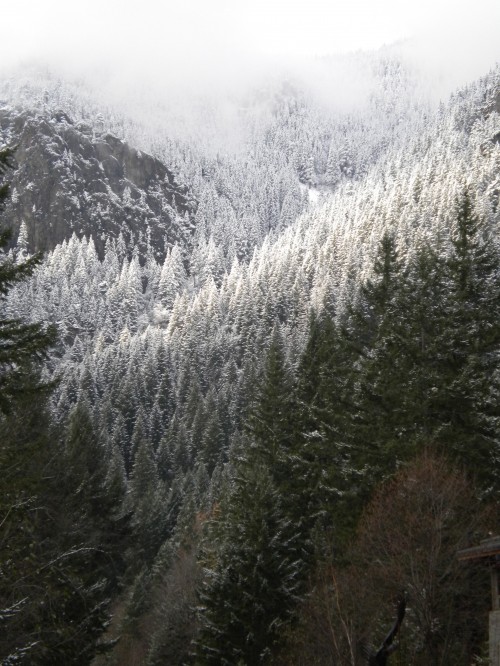
When I awoke the other morning to see a forest of snow-covered trees, I felt just as excited when I made the same discovery as a child in the winter season. A fresh layer of snow had fallen overnight, changing the already beautiful landscape of the North Cascades Environmental Learning Center into a wintery scene. It appeared to have only snowed an inch or two at the lower elevation, but I was just as happy as if it had snowed more.
The snow always lifts my spirits and I am compelled to get outside and play in the white stuff. Coincidentally, my fellow graduate students and I had previously arranged to spend the morning searching for animal signs and exploring our backyard near the Learning Center together before we departed for Thanksgiving break. With newly fallen snow, we were not sure if we would find many obvious signs of activity from our wildlife neighbors. We were fortunately proven wrong, and surprised at what we found.
Graduate students Nick Mickula, Scott Davis and Elizabeth Penhollow search guidebooks for clues to an animal sign found on the trail
Tanya Anderson, Institute graduate coordinator, examines an animal track with graduate student Scott Davis
As we meandered along the Buster Brown trail near our Learning Center home, we kept our ears perked and eyes pealed for any signs an animal may have created footprints, uplifted rocks, tree marks or clipped branches. A quiet stillness filled the cool morning air. The only sounds consisting of our feet crunching in the snow and the cheeps and songs of the tiny juncos and chickadees. As the maples, alders and cottonwood trees have shed their leaves during recent fall storms, the birds’ presence seemed more apparent this time of year as they flitted between branches and shrubs. The higher we hiked along the trail the thicker the layer of snow became. Looking down valley across Diablo Lake, the forested mountainsides commanded attention with its beautiful white-on-green contrast.
The Learning Center’s Buster Brown trail shifts from the fall season into a wintery landscape
The new winter landscape as seen from above the Learning Center, looking down valley across Diablo Lake.
As we took our time meandering along the trail, we encountered multiple signs of recent and past animal activity. Several prints, indicative of a small animal, like a chipmunk or squirrel, were found on the snowy trail. Other sets discovered were representative of a hare. Signs of a cloven-hoofed animal, most likely a deer, were present in mud where some snow had melted. Other signs were discovered along the side of a four-feet tall lodgepole pine, its bark scraped along the side of the tiny trunk. Guidebooks suggested these scrapes were caused by antler rubbings from a male deer. Other interesting signs were found on the wooden electrical poles found behind the Learning Center campus. Here we found claw and teeth marks etched into the wooden pole, most likely black bear marking territory. Snags of animal hair were also present on these poles.
Graduate student Dave Strich closely examines scrapings along a young lodgepole pine
Various animal prints were present in the fresh layer of snow. This print is thought to belong to a hare, but the species who made the track is unknown
A strand of animal hair snagged on an electrical pole can tell a story of who has been here
Finding these signs among the new snowfall was a great reminder that we are not the only inhabitants of these woods. Deer, bear, squirrels and hares are frequently seen on and nearby the Learning Center. To see signs of their comings and goings not only lets you know who’s come through the area, but tells you a story. Each time we spotted a sign we had to remind ourselves to not jump to conclusions of who or what created the sign, but to step away and examine the bigger picture. What direction are the prints facing, are there others nearby? Where might the animal be going or coming from? What may have led them here?
As I spend my first winter season living in the heart of the North Cascades, I’m anxious to see how the landscape changes. I am also looking forward to poking around my forested backyard and see in more detail what our wildlife neighbors have been up to during these cold months, especially as the snow hopefully piles higher.


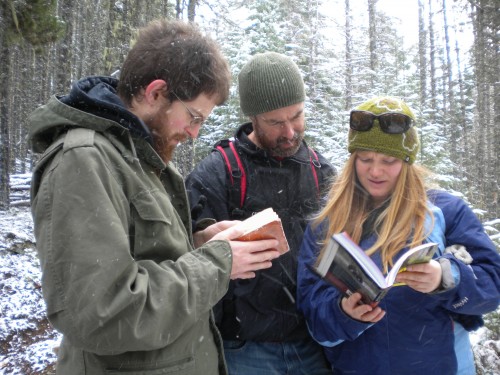


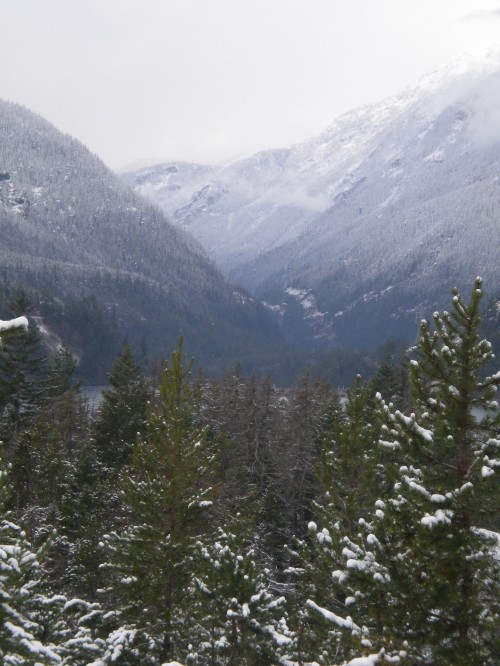

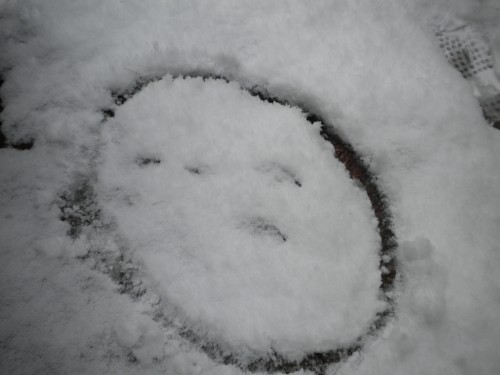
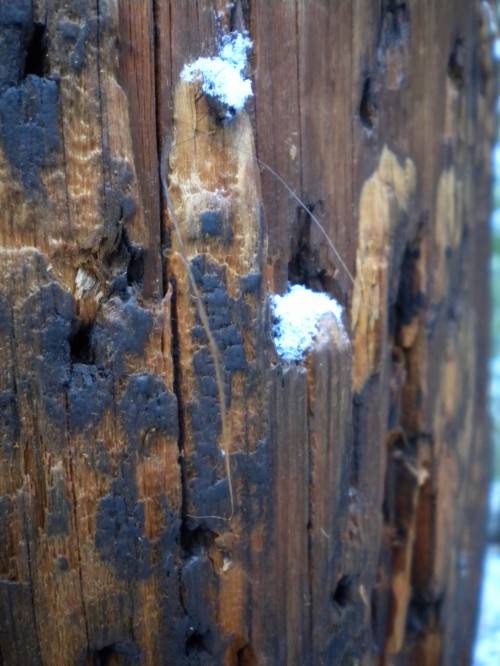
Nice job-we have been thinking of the new cohort at NCI this year-looks like it might be a big snow year up there-enjoy your time and thanks for sharing.
Looks absolutely lovely Codi! Love seeing how such a wonderful place in the summer turns into a whole new jungle gym in the winter.